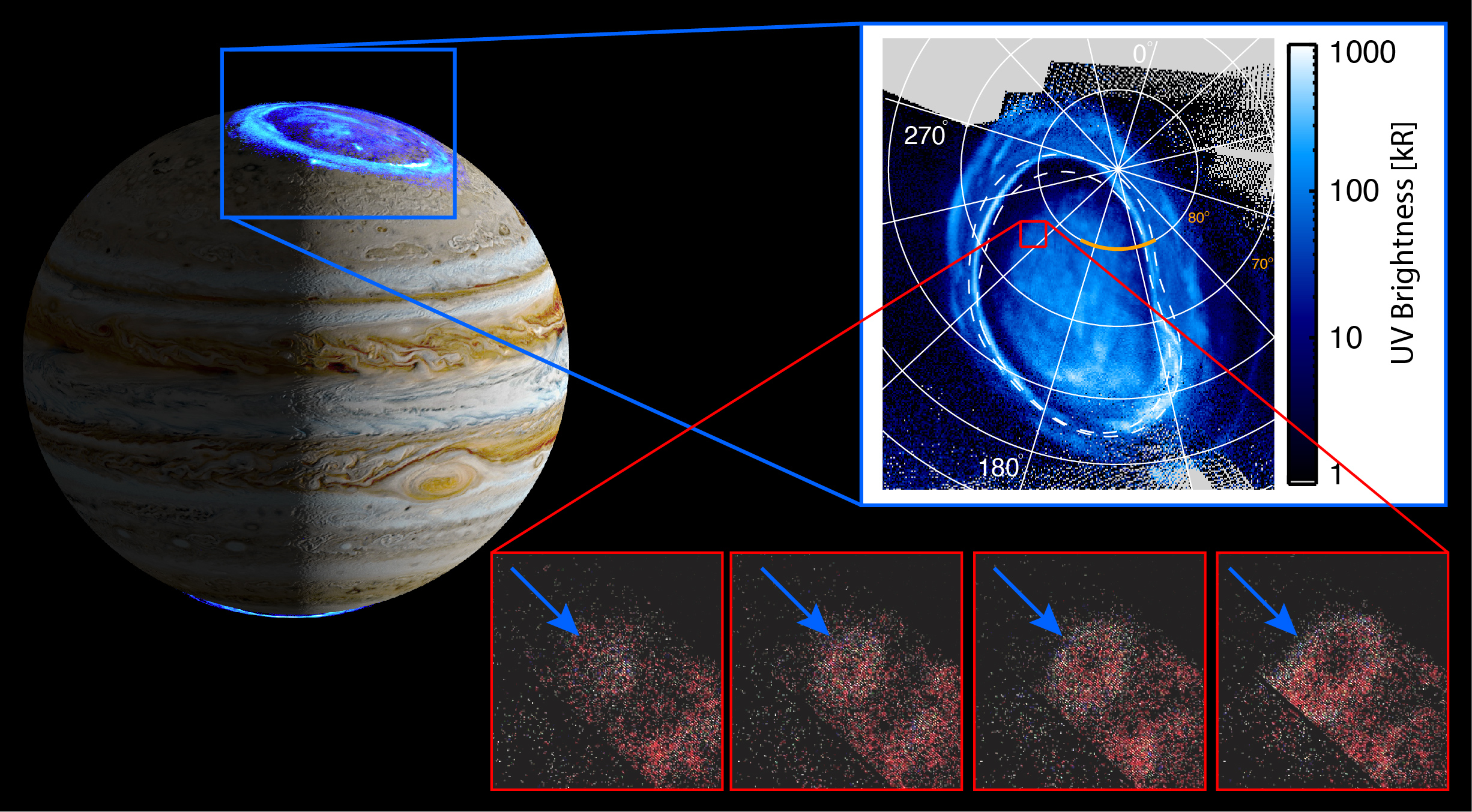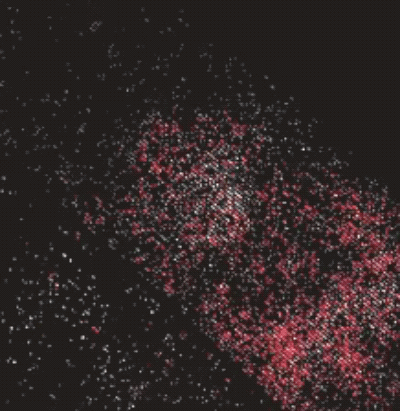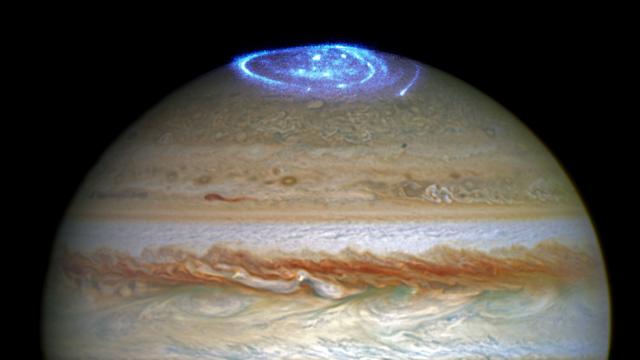A newly detected auroral feature on Jupiter bears a striking resemblance to expanding smoke rings, in a discovery made possible by NASA’s Juno spacecraft.
New research published in Journal of Geophysical Research: Space Physics describes faint ring-shaped auroral features on Jupiter, the largest of which measure approximately 2,000 km across. Expanding rapidly, the rings, or “circular expanding UV-emissions” in the words of the researchers, were clocked at speeds between 2 km and 8 km per second.
As on Earth, Jupiter’s auroral features are linked to charged particles within the magnetosphere.

“We think these newly discovered faint ultraviolet features originate millions of miles away from Jupiter, near the Jovian magnetosphere’s boundary with the solar wind,” Vincent Hue, the lead author of the paper and a planetary scientist at the Southwest Research Institute, said in a statement. “The solar wind is a supersonic stream of charged particles emitted by the Sun. When they reach Jupiter, they interact with its magnetosphere in a way that is still not well understood.”
Jupiter’s magnetosphere, at 20,000 times the strength of Earth’s, is so strong that the gas giant can deflect incoming solar winds at distances between 3.2 million and 4.8 million kilometres away. Thomas Greathouse, a co-author of the new study and SWRI research scientist, said Jupiter’s rapid 10-hour rotation is largely responsible for the motion of charged particles within its magnetosphere, but the “solar wind’s role is still debated,” he said in the statement.

This much we know from the Hubble Space Telescope, but NASA’s Juno spacecraft is allowing for more intimate observations of the gas giant. In orbit around Jupiter since 2016 and equipped with its Ultraviolet Spectrograph, Juno detected the rapidly expanding rings, which hadn’t been seen until now.
The charged particles appear to be emanating from the outer reaches of the magnetosphere. Bertrand Bonfond, a co-author and astrophysicist from Liège University in Belgium, said the “high-latitude location of the rings indicates that the particles causing the emissions are coming from the distant Jovian magnetosphere, near its boundary with the solar wind,” as he explained in the SWRI release.
The formation of wave-like features, technically known as Kelvin-Helmholtz instabilities, could be occurring owing to the interaction of the Jovian plasma and the solar winds; these instabilities happen in the presence of shear velocities, and it’s a similar process to how winds above water trigger the formation of waves. In this case, however, the interaction is producing particle beams that travel along the magnetic field lines, which in turn form the ring auroras, according to the SWRI statement.
[referenced id=”1680953″ url=”https://gizmodo.com.au/2021/03/astronomers-spot-unique-meteorological-beast-on-jupiter/” thumb=”https://gizmodo.com.au/wp-content/uploads/2021/03/19/fqopgvo7u9zyuxfyei15-300×168.jpg” title=”Astronomers Spot ‘Unique Meteorological Beast’ on Jupiter” excerpt=”For the first time ever, astronomers have measured winds inside Jupiter’s middle atmosphere, revealing unexpectedly fast jet streams within the planet’s deeper layers.”]
That said, the authors don’t actually make any grand claims in their paper as to the cause of the newly detected feature. That is something for a future study to investigate.
The good news is that NASA has extended the Juno mission to 2025, which means planetary scientists have more time to study this planet and its majestic auroras.
